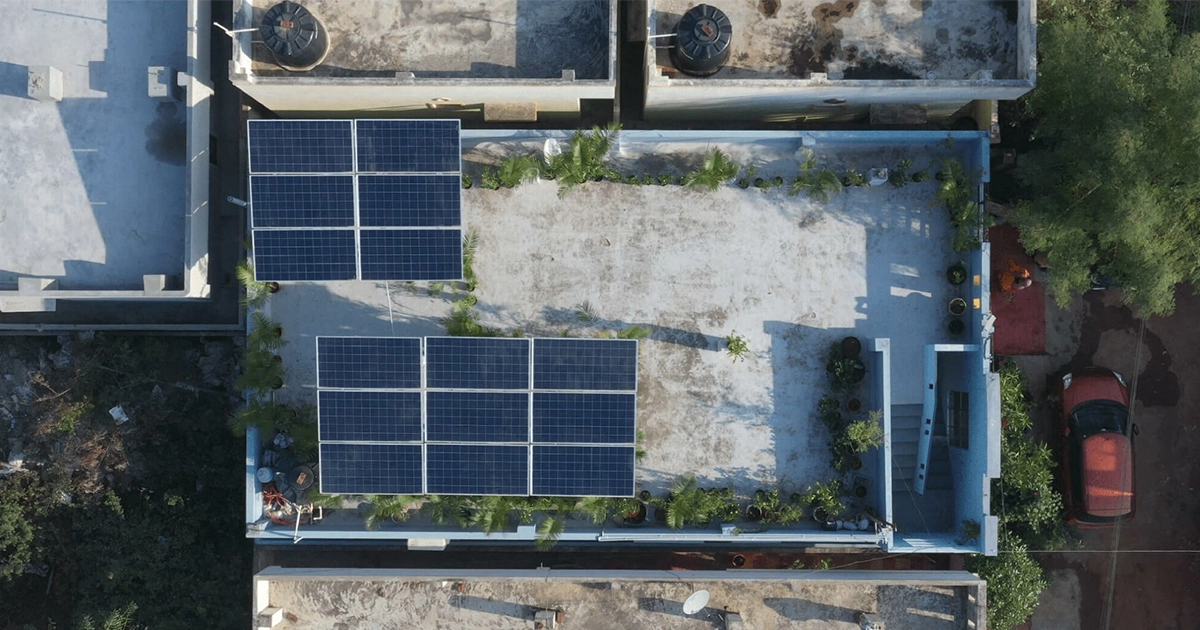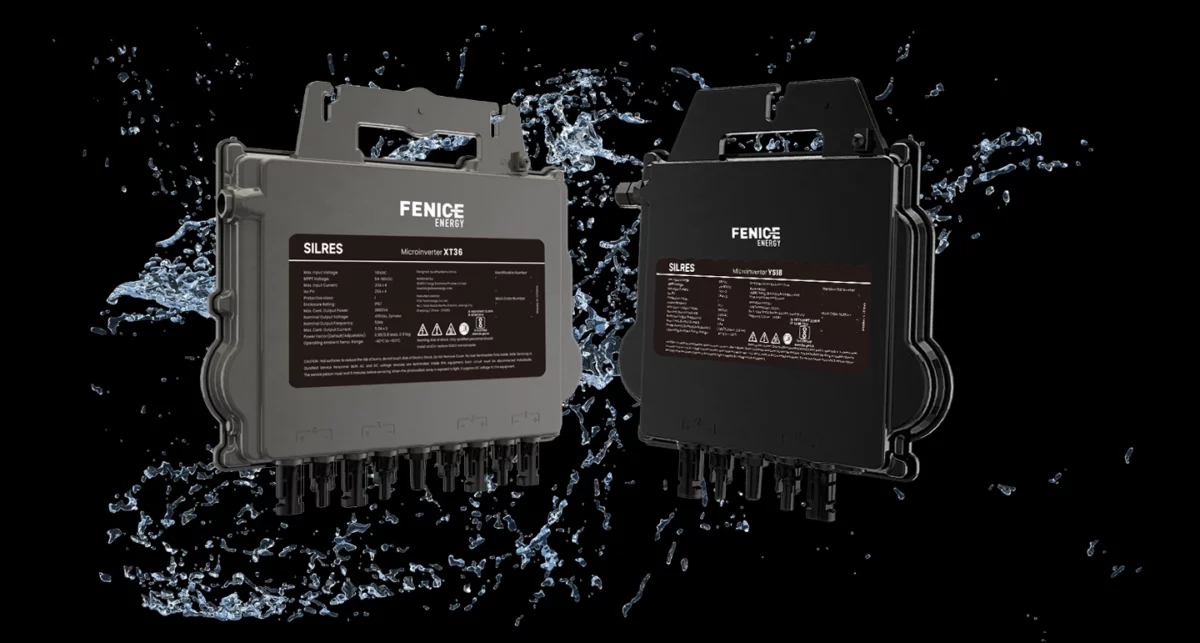What is On-Grid solar system?
The world is techno-driven, we cannot even imagine a few hours without electricity, but this grid dependency is just raising our electricity bills, especially in summers.
The rising electricity bill is the most common concern of home and business owners. But do you know, you can reduce your electricity bill by more than 50%?
Yes! you can avail of this deal by just making a switch from a conventional grid connection to a solar grid connection without compromising your comfort but contributing towards a greener environment.
In this article, we’ve defined an on-grid solar energy system in detail. By the end of this article, we hope to give you a detailed understanding of a on-grid photovoltaic system.
Introdution to on-grid solar system
A grid-tied solar energy system is connected to the local utility grid, allowing consumers to gain profit from both solar energy as well as grid connection.
In this, the flow of electricity is bidirectional, i.e. one can import and export the energy to and from the grid. This makes people with on-grid systems PROSUMERS – they are both producers and consumers.
You might wonder how with a on-grid solar energy one can consume and sell energy.
To answer this let us understand what components are used in the on-grid solar energy systems:
The on-grid solar energy system consists of three main components:
Solar Panel: The solar panel is considered as the heart of the solar energy system. It helps in converting the solar radiation incident on the panel into useful direct current(DC).
Inverter: Inverter is the most important when it comes to supplying power to all the household devices. The energy produced from solar panels is DC whereas our house operates on AC (Alternate current), the solar inverter is connected to the grid and house for converting the DC to AC. The solar inverter is basically of three types:String inverterCentral Inverter
Microinverter
Net Meter: The net meter is a device that is linked between the inverter and the grid connection. It aids in keeping track of the energy that is imported and exported to the grid connected, and the appropriate charges are made for invoicing.
How does a on-grid solar system work?
When solar radiation is incident on the solar panels, with the help of the photovoltaic principle it generates direct current (DC). The generated DC energy is converted into AC energy using the grid-tied inverter and is further supplied to various electrical loads through the wiring.
During daytime, the sun shines bright and the solar energy system operates at its optimum level. This is the peak operating time where the generated energy is greater than the energy required at our location.
This surplus generated energy is sent to the grid connected and measured using a bidirectional net meter.
Net metering is used to calculate the amount of energy supplied and imported from the grid and generates the monthly bills accordingly.
Solar panels cannot provide the necessary amount of electricity in cloudy or dark conditions; as a result, the necessary power needs to be imported from the utility grid at a cost.
Why go for a on-grid solar system?
Advantages:
1. Easy installation
2. Reduced electricity bills by almost 90%
3. Less costly compared to off-grid and hybrid solar energy systems as it saves the cost incurred in battery installation.
4. You will get the credit for the surplus energy produced by the utility grid.
5. No limitations on the number of loads to be connected.
6. Consumers can avail of government subsidies and incentives for on-grid solar panel installation.
Disadvantages:
As the system is connected to the utility grid, during power cuts the solar energy system stops working.











 In the previous article, we have defined some environmental factors that solar installers are stressed over. During the rainy season, installers are concerned about the storms and lightning impacts as they are the major calamitous failure of the solar panel system. The time and cost incurred in repairing the damage due to the indirect and direct strikes are high, hence prior protection against these damages is worth the investment. The article below describes some of the easy techniques that one can implement to protect against these damages.
In the previous article, we have defined some environmental factors that solar installers are stressed over. During the rainy season, installers are concerned about the storms and lightning impacts as they are the major calamitous failure of the solar panel system. The time and cost incurred in repairing the damage due to the indirect and direct strikes are high, hence prior protection against these damages is worth the investment. The article below describes some of the easy techniques that one can implement to protect against these damages. But don’t worry! We take steps to help avoid lightning damages to the PV system. Risk analysis and protection against lightning must be done according to the IEC standard (we have further described the IEC standards for protection against lightning strikes) at the designing stage.
But don’t worry! We take steps to help avoid lightning damages to the PV system. Risk analysis and protection against lightning must be done according to the IEC standard (we have further described the IEC standards for protection against lightning strikes) at the designing stage. Do we need to install other protective equipment to protect against lightning?
Do we need to install other protective equipment to protect against lightning?


 Lightning rods are placed on the building top and are connected to the ground, they help in preventing the surrounding atmosphere from the static charges. In the case of lightning, the developed high current will pass to the ground directly.
Lightning rods are placed on the building top and are connected to the ground, they help in preventing the surrounding atmosphere from the static charges. In the case of lightning, the developed high current will pass to the ground directly.